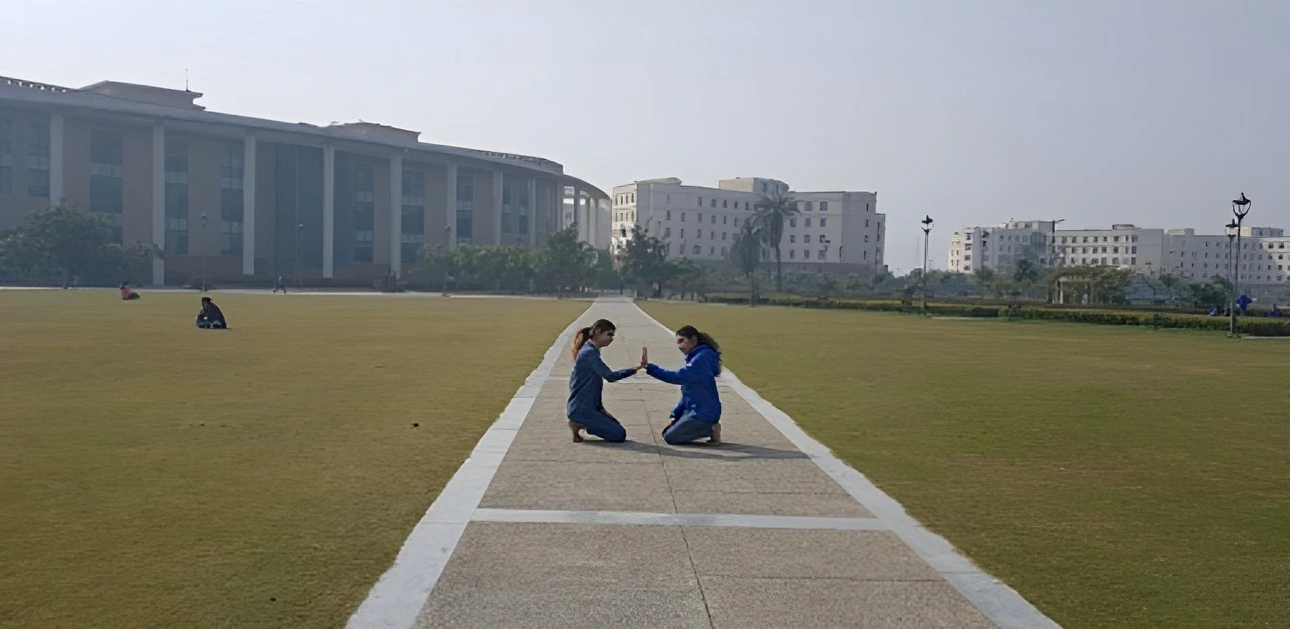Clearing the air on fog-enabled networks

Editorial / August 23, 2024
As innovative technology like embedded AI, the Internet of Things (IoT), and 5G networks further the pace of change, billions of new applications and technologies are coming online, working to measure, monitor, analyse, process, and react to a seemingly endless storm of data.
Not that long ago, all this was handled by the cloud, but now this veritable storm is too much even for the power of the cloud. The need for a new technology to address the issues of latency, network inaccessibility, rising cost and sensitive data security concerns has led to the development of fog technology.
This new distributed architecture spans the continuum between the cloud and everything else. This allows the distribution of core functions like computing, communication, control, storage and decision-making.
Working on this praxis, the research done by Dr. Shankar Kumar Ghosh, Assistant Professor in the School of Engineering, stands at the forefront of enabling seamless communication in places where 5G networks fail to perform at their full potential.
Having developed an algorithm, Dr. Ghosh's research is set to help mobile operators design efficient handover algorithms for IoT networks, improving a connection's reliability and data rate.
The research considers the effect of handover failure, request arrival rates, and job sizes. Dr. Ghosh proposes a handover algorithm in his work that considers the received signal strength and the available computing resources in neighbouring fog nodes. His handover algorithm focuses on minimising handover failure and improving service rate. His analysis and simulation have revealed that the algorithm outperforms the existing approaches regarding job completion delay and service rate.
Explaining the utility of the algorithm, Dr. Ghosh says, "For example, let us consider an augmented reality (AR) assisted tour guide where a trekker is streaming his progress live using nearby Fog Networks. If the trekker is using this to instruct those following him for the challenges ahead, any latency in transmission may raise an issue of life and death. The algorithm I have developed will bridge the issues caused by limited wireless coverage."
Dr. Ghosh, who is conducting the research in the university's state-of-the-art IoT and Wireless Laboratory, says that the work is being conducted in collaboration with the Indian Statistical Institute, Kolkata.
The university's IoT and Wireless Laboratory, which was established with partial support from DELL Inc., is an ultra-modern smart facility in the world. The laboratory has sophisticated hardware like microcontroller boards, sensors and actuators, LED screens, computing devices, IoT cloud interfaces, and gateway devices – all suitably integrated into an intelligent test environment.
"Continuing with the university's innovative focus on undergraduate research, one of my students, Sanjay Sathish, is involved in the experiment design for the work. This collaboration is part of the university's Opportunity for Undergraduate Research project," says Dr. Ghosh.
More Blogs

The Hawthornden Literary Retreat bestowed on Dr Sambudha Sen to complete the manuscript of a novel
Professor Sambudha Sen, Head of the Department of English at Shiv Nadar Institution of Eminence, Delhi-NCR, was awarded a residency at the...

The Power of the Moving Body
Movement is an innate bodily action that humans have been exhibiting for the longest time. Long before language was invented, the body was the...

How Does A Multi-Disciplinary Approach To Education Enhance Learning And Prepare Students For A Multi-Faceted World?
In today’s world, where businesses are changing almost every day, it is the responsibility of educational institutes to provide holistic...